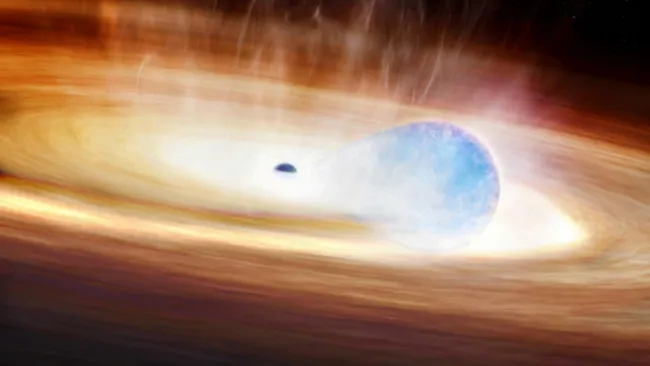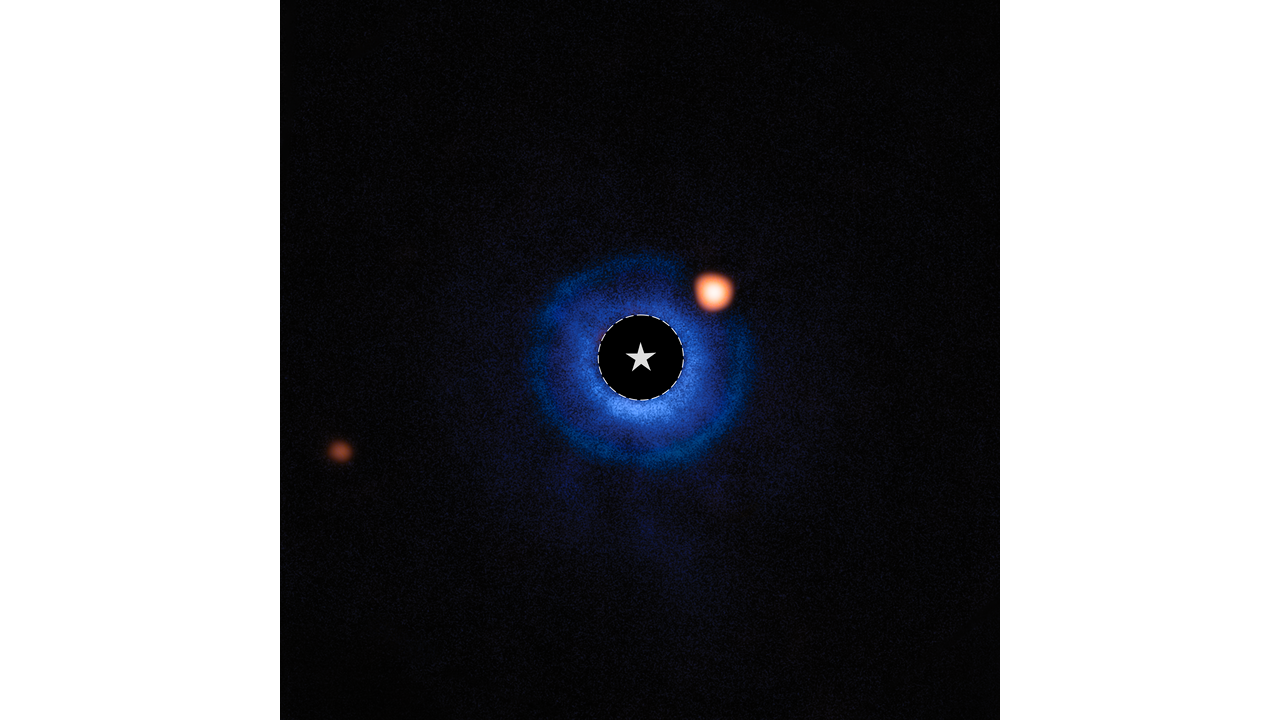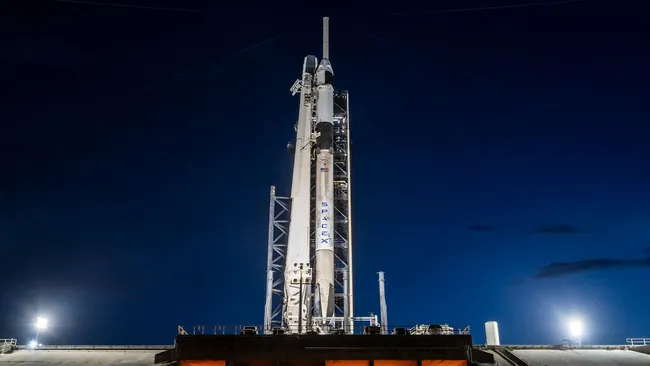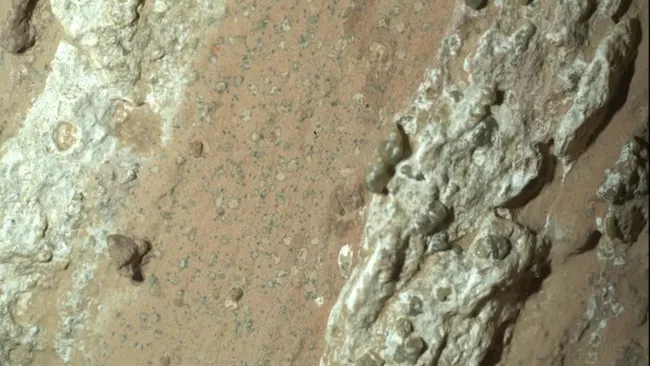The interstellar comet 3I/ATLAS perihelion approaches, even though Earth cannot see the event directly. Spacecraft scattered across the solar system will monitor it instead.
The interstellar comet 3I/ATLAS perihelion arrives on October 30, bringing the object within 1.35 astronomical units of the sun. As sunlight heats the surface, it triggers outgassing and forms a bright coma. Two tails often appear, adding dramatic visual structure when a comet nears the sun.
This visitor does not orbit our star permanently. It passes through once, then continues its journey into deep space. Earth based telescopes cannot observe the moment, because the comet moved into solar conjunction in late September. It hides behind the sun from our view.
Spacecraft around Mars currently hold excellent vantage points. They already watched the comet pass just 0.19 AU from the Red Planet on October 3. NASA’s Psyche mission, the Lucy mission, and the European JUICE probe also track the event. JUICE cannot transmit data until February, since its antenna shields instruments from the sun.
Scientists expect new chemistry clues. Early data shows high carbon dioxide levels and extra nickel compared to typical comets. The interstellar comet 3I/ATLAS perihelion could reveal more, including possible iron signatures that remain weak so far.
The comet should reappear to Earth telescopes late November or early December, but it will stay faint near magnitude 12. Smart telescope users and major observatories like Hubble and Webb will still capture valuable data. Comets remain unpredictable, and activity levels could surprise observers.







